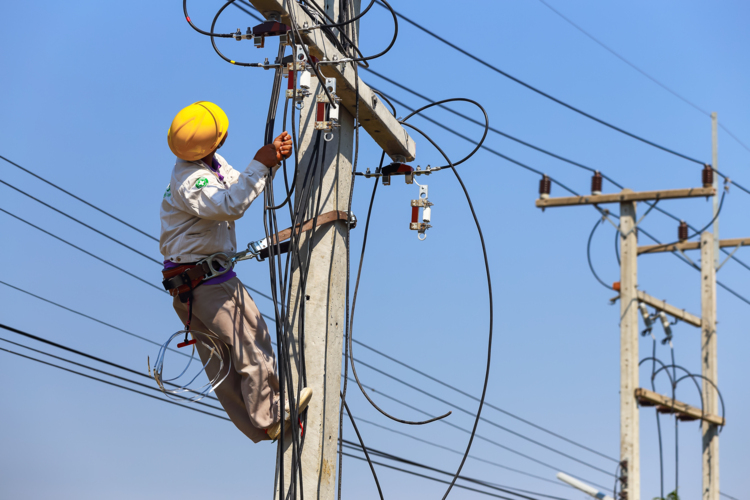Mobile devices have become ubiquitous in our society. According to the Digital Government Strategy group, more Americans access the internet from mobile devices than from desktop computers. These devices increase productivity in citizens’ personal lives and offer agencies the opportunity to more efficiently deliver services and meet mission objectives. What are mobility’s potential applications in the federal government?
One example is the U.S. Census Bureau could send government workers door-to-door with their own devices to ask questions for the 2020 census, increasing efficiency and cutting costs. Other agencies could provide wireless access to visitors and potential recruits in waiting rooms and other public areas, better meeting citizen expectations. The possibilities are endless, which is why the time is now for federal agencies to embrace the power of wireless – and prepare for potential challenges it introduces. By enabling greater mobile access, agencies introduce a variety of users to the network, from employees who may be bringing their own devices to agency visitors and guests who want to remain productive as they wait.
There are two major challenges this introduces. The first concern is security. Adding outside devices to wireless networks introduces risk. The second concern is mobile management – a time consuming process for federal agencies. To address security concerns, establishing a secure device onboarding process – including government-issued and BYOD devices - is the first step to creating a safe mobile environment.
This process starts with an inventory of the mobile devices government employees, contractors, and agency guests will use to access the network. Once aware of all devices on the network, agencies can assign each user device the appropriate Wi-Fi access for their role. You can read about our infrastructure independent security and policy management solution.
With this baseline established, agencies need to assign roles and access to users and devices, whether they are visitors who should only be given the ability to access a guest network or cleared personnel who need to view more sensitive data. Appropriate certificates and credentials should be assigned for those granted greater access. With a clearer initial picture of user roles, network automation begins to serve a critical function. If new users join or roles change, automation can ensure enforcement of endpoint security compliance policies. The network needs to quickly accommodate new devices and users without impacting other network functions. One touch registration automation and certificate based authentication addresses this need as security threats are continuously identified, assessed, enforced and remediated as users connect and disconnect from the network. Even with thousands of unknown devices connecting to agency Wi-Fi, automation can reduce the complexity and make the task manageable for federal agencies. To learn more about BYOD access management and other mobility opportunities for federal agencies, read Government Executive’s new issue brief: “It’s Time for the Federal Government to Embrace Wireless and Mobility."












